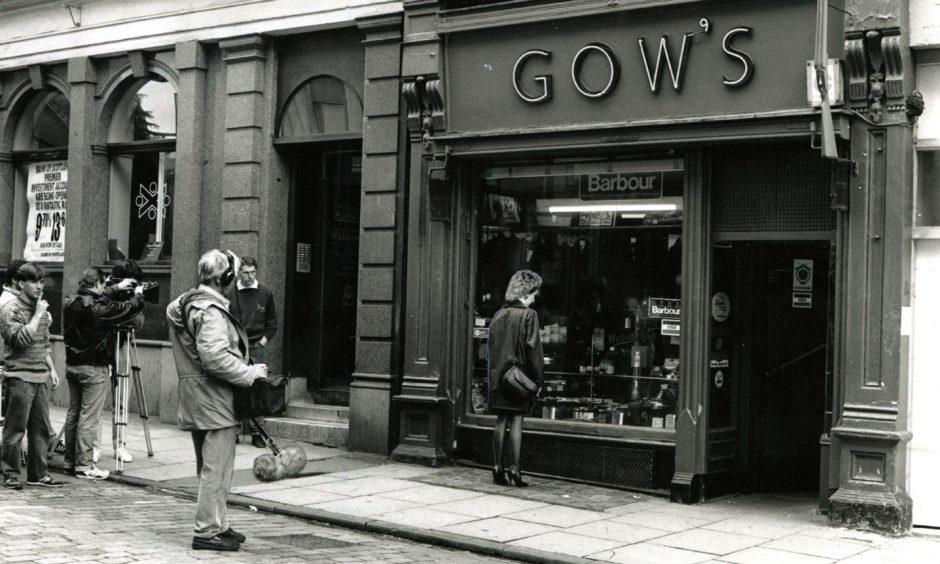
It was the cruel and sadistic murder that shocked Dundee with a plot line straight from the Clint Eastwood movie Dirty Harry.
And the killers so very nearly got away with it.
Ryan Monks and Paul Mill, both 21 at the time, went to Lawside Academy together.
They drifted into friendship after school.
Slowly, Monks and Mill concocted their evil plan.
Monks had worked for Rough and Fraser in Kinghorne Road.
The plan was to kidnap the elderly mother of the bakery owner and hold her to ransom for £200,000.
Mimicking the famous scene in Dirty Harry, they intended to shuttle him around 12 public phone boxes before taking the money.
Failure to comply would result “in the immediate death of your mother”.
Gow’s gun shop murder saw manager struck 48 times
The pair needed real guns for the hold-up.
Gow’s gun shop in Union Street was the target on May 8 1989.
Monks and Mill hired a red Rover and fitted it with false number plates.
Manager Gordon Johnston, 53, a quiet family man from Strathbeg Place in Broughty Ferry, opened the business before popping out to run errands.
Mr Johnston got back about 9.20am and was never seen alive again.
The father-of-two was struck 48 times from behind with an axe.
The shop was ransacked, with cash, shotguns, ammunition and knives being taken.
The body lay undiscovered for another seven hours.
A uniformed officer forced his way in at 4.40pm after concerns were raised.
Mr Johnston was lying dead in a pool of blood at the foot of the stairs.
It sparked one of the largest manhunts Dundee has ever known.
A special incident caravan was set up in Union Street.
Scores of extra officers were drafted in from Arbroath, Forfar and Perth.
Mr Johnston was seen by several witnesses speaking to two men as he unlocked the front gates at the shop entrance at 9.20am.
A woman contacted police with the sighting of a young man with pointed features who was seen leaving the store at 9.50am with two gun cases.
Monks and Mills, ironically, had both been stopped and spoken to during the course of inquiries in the city centre in the following days.
Gow’s put up a reward of £12,000
Everyone who knew Mr Johnston was stunned by his death.
Shocked neighbours painted a picture of a dedicated family man who spent a lot of time with his wife, Wilma, and his two sons, who were 11 and nine.
Mr Johnston joined Gow’s as a trainee salesman after leaving Logie Secondary School.
He worked his way up to become shop manager in 1980.
To his fellow shopkeepers, he was the tall, distinctive figure who walked with a slight limp and was as much a part of life in Union Street as the shop itself.
The directors of Gow’s put up a reward of £12,000.
There was standing room only at Clepington Church for the funeral service.
Over the next three months, 7,000 people were interviewed, 5,000 statements were taken and the murder was featured on Crimewatch.
Police still had no serious leads.
In the meantime, the directors of Gow’s decided they could not continue to run the business after what happened and put the shop up for sale.
Days became weeks.
Weeks became months.
Out-of-the-blue call turned the tide
The mystery deepened until it was all too much for one man.
Finally, the uncle of Ryan Monks picked up the phone and called the police.
An extraordinary story unfolded.
Within a few hours of the murder, Monks had gone to the uncle’s home in St Mary’s.
He blurted out that a man in the gun shop had been “wasted”.
Monks placed a white plastic carrier bag on the floor.
He said: “It went wrong – burn them.”
His uncle threw the clothing on the fire.
The face of Gordon Johnston followed the uncle for months.
He made the call because he could no longer deal with the guilt.
At 7am the following morning armed police raided the homes of Monks and Mill.
Call box instructions were discovered
Typed and handwritten ransom letters were found in Mill’s flat in the Whitfield multis.
One draft version said: “Your mother is being held by an active service unit of the IRA.
“These are the instructions which you must follow exactly if you wish to see your mother alive again.
“Failure to do so will result in the execution of your mother and public humiliation of yourself and, at a later stage, your death.
“Remember, you will be watched at all times.”
A hand-written letter contained similar words and continued: “Proceed to the phone card call box at the corner of St Andrews Street and Seagate.
“You must be there at exactly 11.45am.
“Park your car in the lane, leave the money on the floor of the car at the passenger side.
“Walk to the call box and wait outside until it rings.
“It will only ring five times.
“If you fail to pick up the phone or fail to follow instructions, all contact will cease and your mother will die.”
A video of the Dirty Harry film, two sawn-off shotguns, ammunition, handcuffs, balaclavas, a gas mask, maps and combat-type clothes were also found.
The pair blamed each other at the trial
The trial at Perth High Court lasted three weeks.
Mill and Monks blamed each other and the jury took just two hours to come back with the guilty verdict.
Lord Mayfield, sentencing the pair, said it had been a cruel and sadistic murder amounting to an atrocity.
Mill was released on licence after 13 years, while Monks was out one year later.
Alexander McGregor, chief reporter of The Courier at the time, wrote extensively about the case in his best-selling book, The Law Killers.
He said police were completely baffled for three months.
“It seemed clear that the motive was to secure guns, which in itself made it unusual for a Dundee crime,” he said.
“It had some other hallmarks of out-of-towners and it was even believed at one stage that the IRA might have been seeking weapons for an upcoming Conservative Party conference in Perth to be attended by Margaret Thatcher.
“In addition, Monks and Mill were never on the police radar at any time.
“Neither had previous convictions and appeared to live ordinary, settled lives.”
Chief Constable thanked The Courier
Alexander said the out-of-the-blue phone call from Monks’ uncle was the kind of breakthrough detectives could usually only dream about.
“It came mainly thanks to the amount of coverage we were giving to the case,” he said.
“The uncle caller said he had read about the murder in The Courier almost every day and eventually could no longer stand the pressure of knowing he had vital information.
“We later received a letter from the Chief Constable thanking us for our part in securing a detection.
“What no-one expected was what police found when they carried out simultaneous early-morning raids on the homes of Monks and Mill.
“There was a huge amount of evidence of not only the plan to kidnap and hold to ransom an elderly woman, but also their intention to hold-up a Post Office cash delivery van.
“Given the brutality of the murder of Mr Johnston, it’s frightening to think what might have happened if the gun-toting pair had succeeded in going ahead with their plans.”
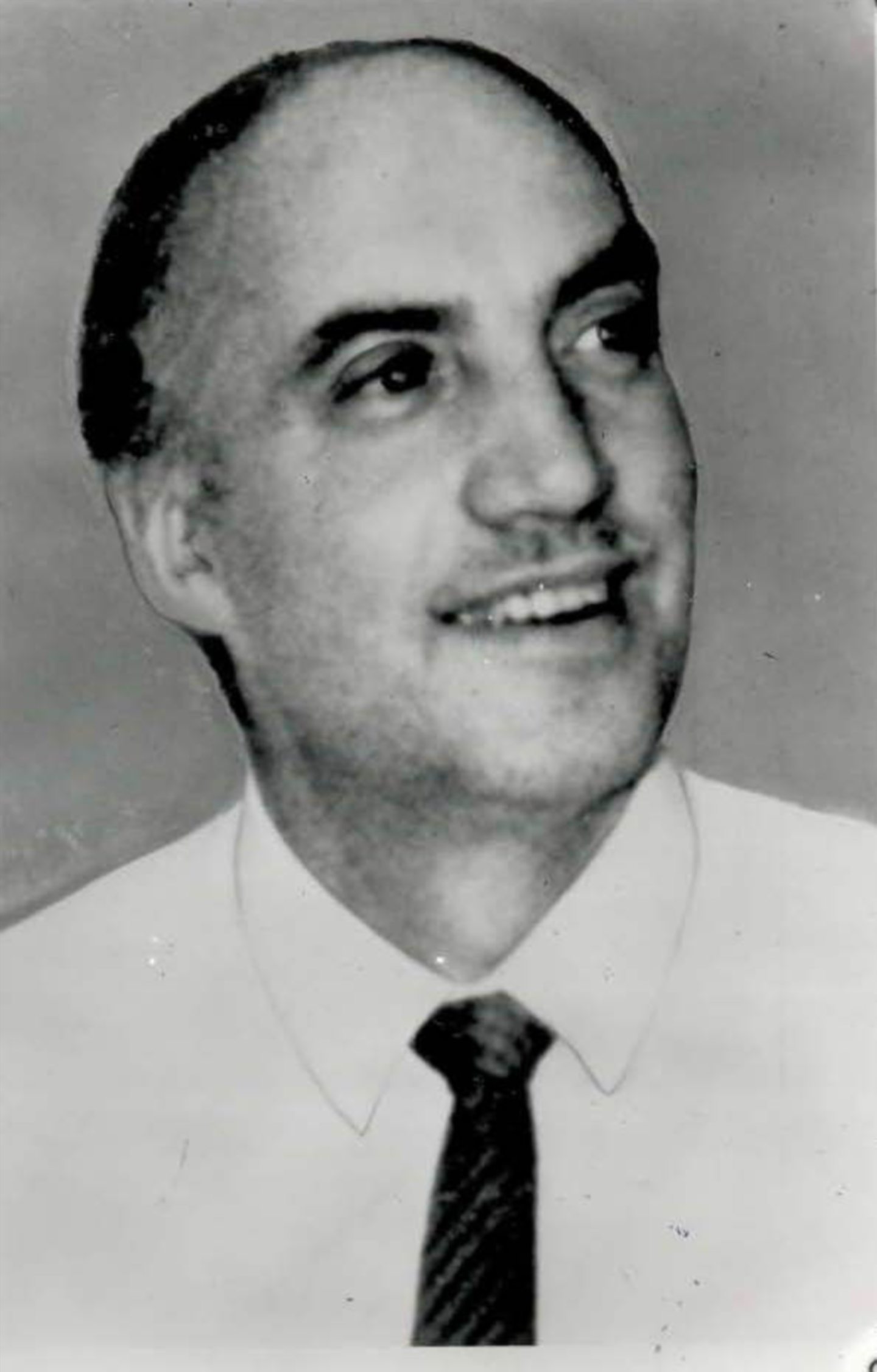
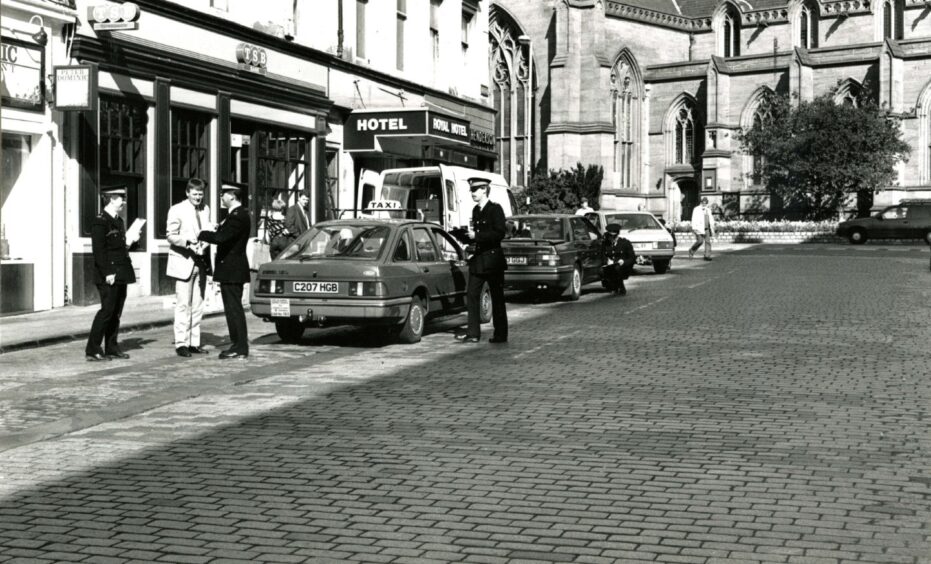
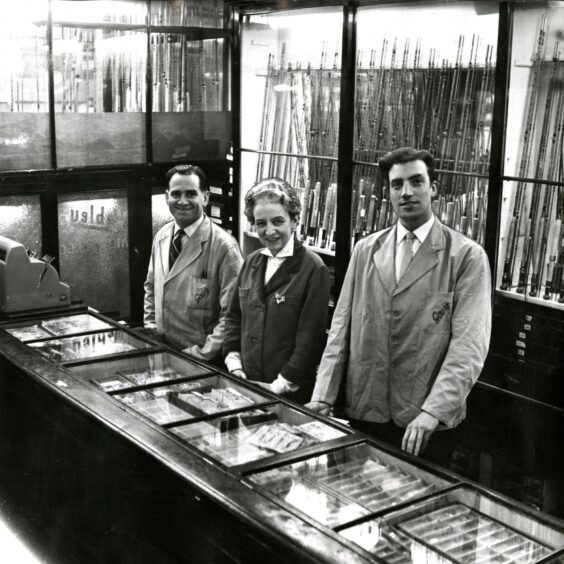
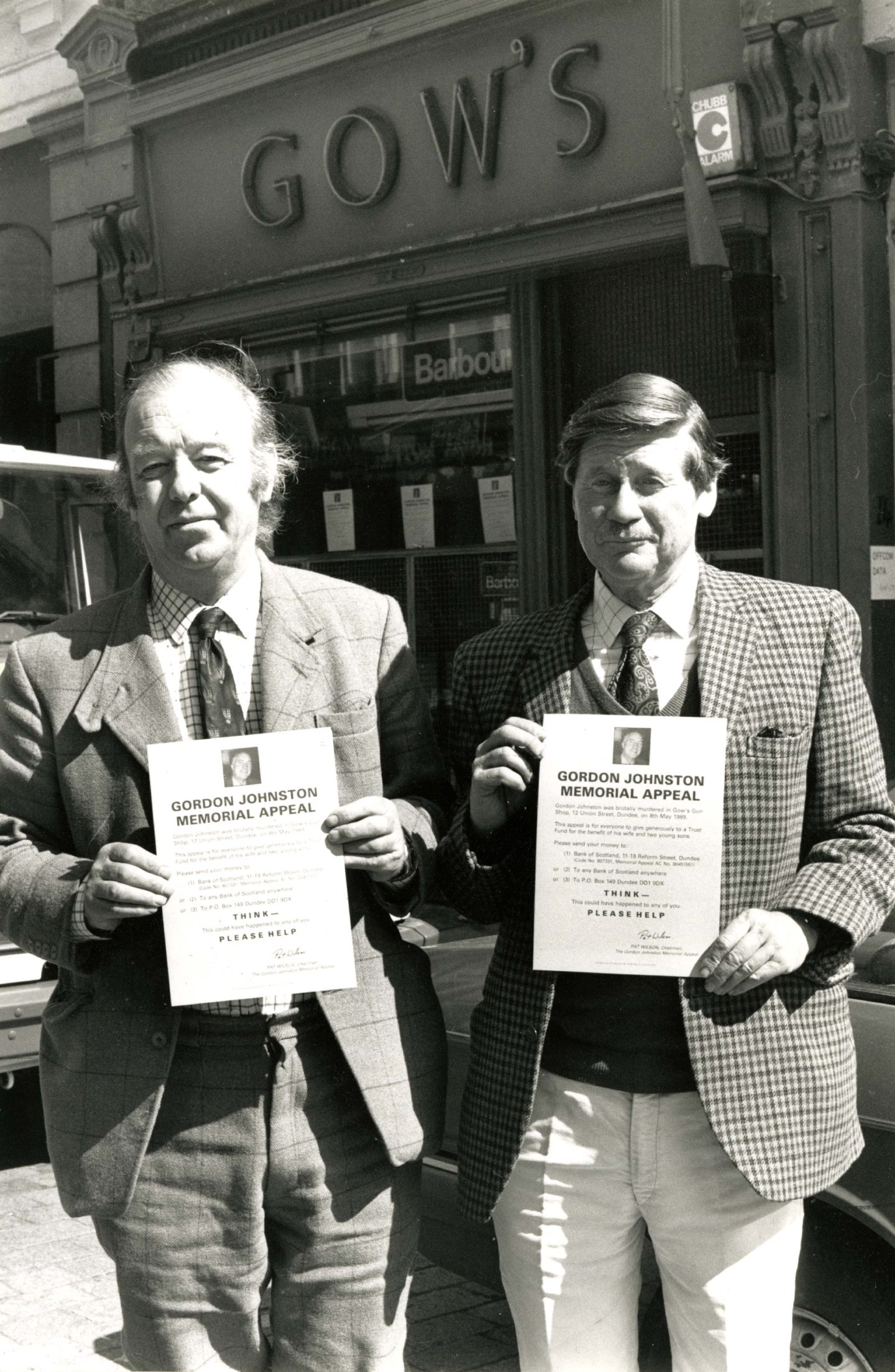
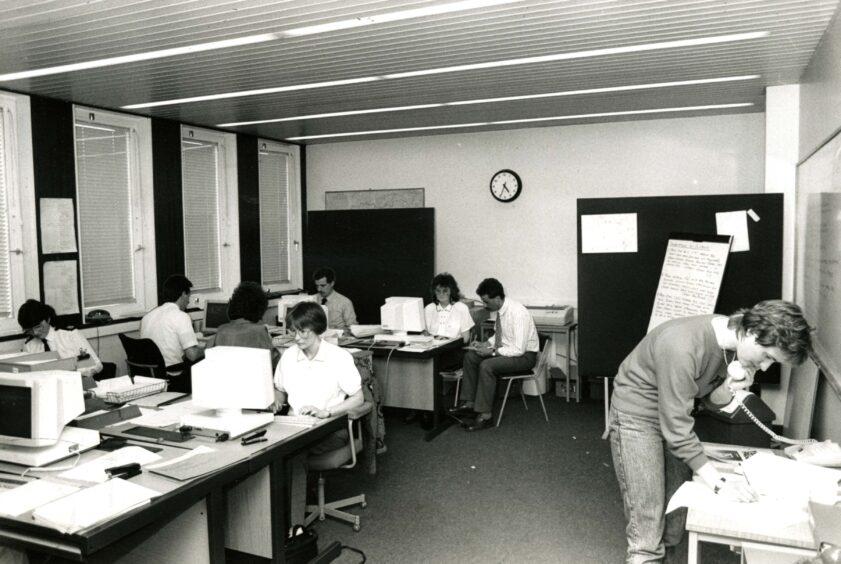
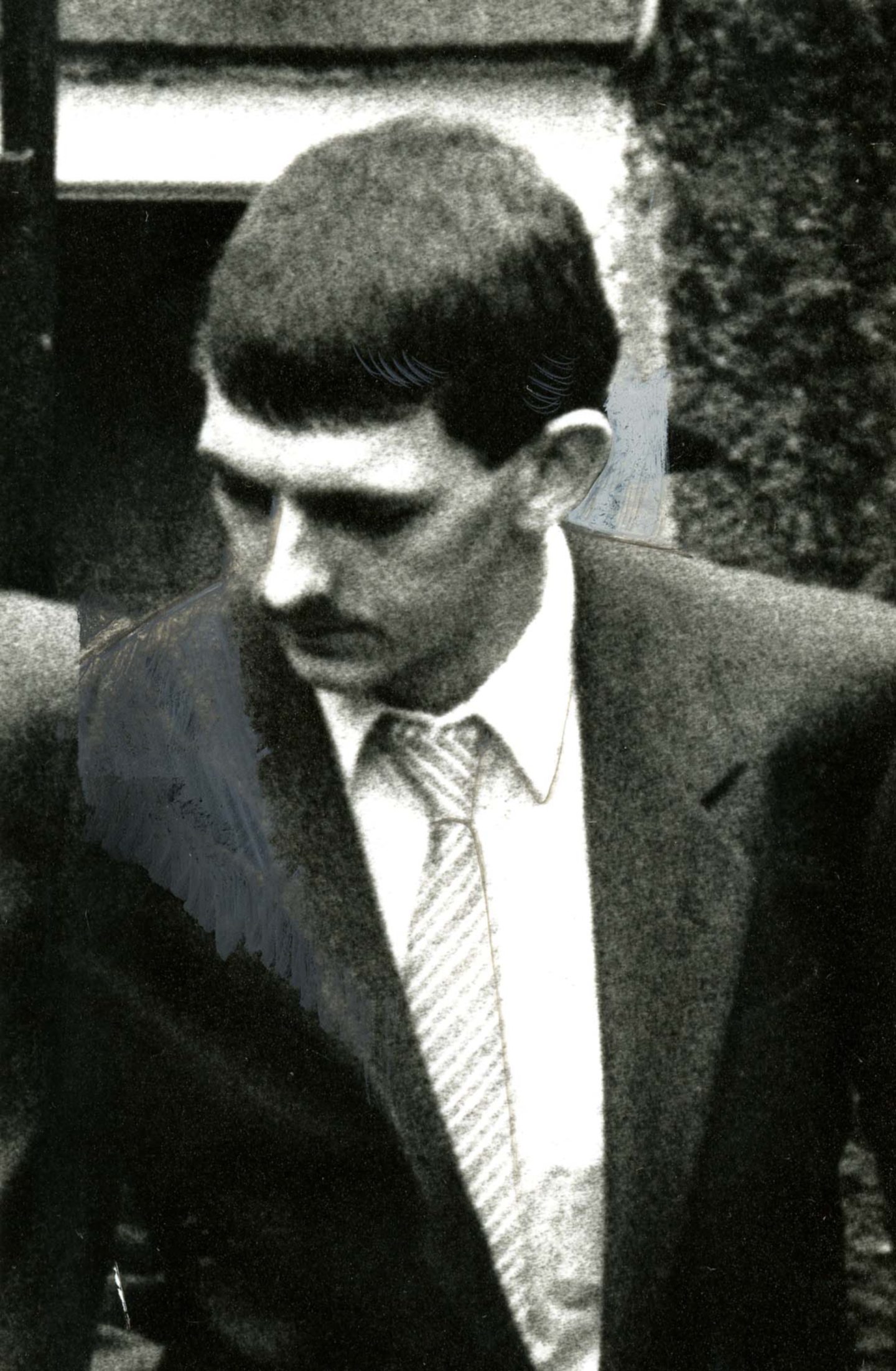
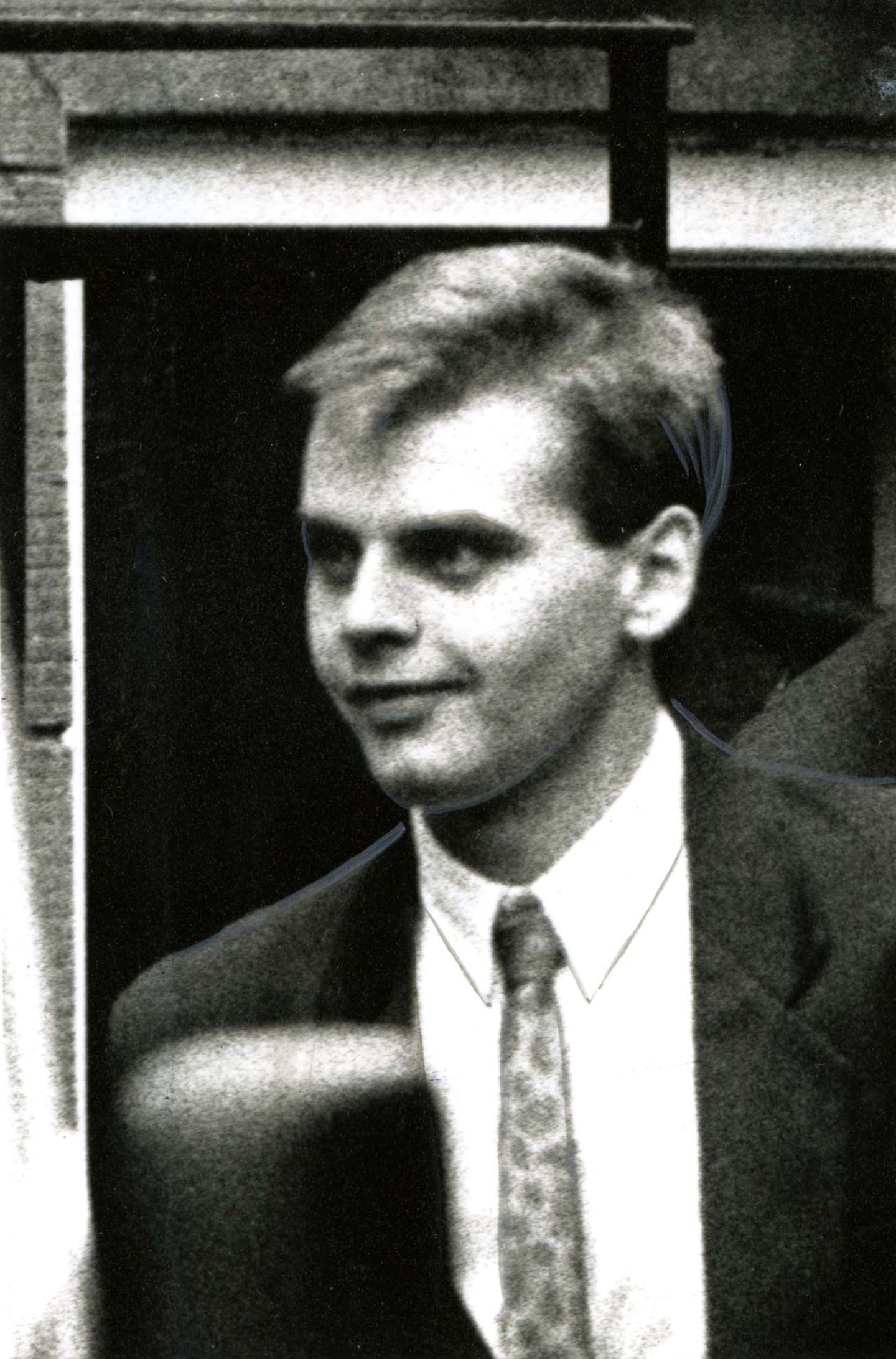
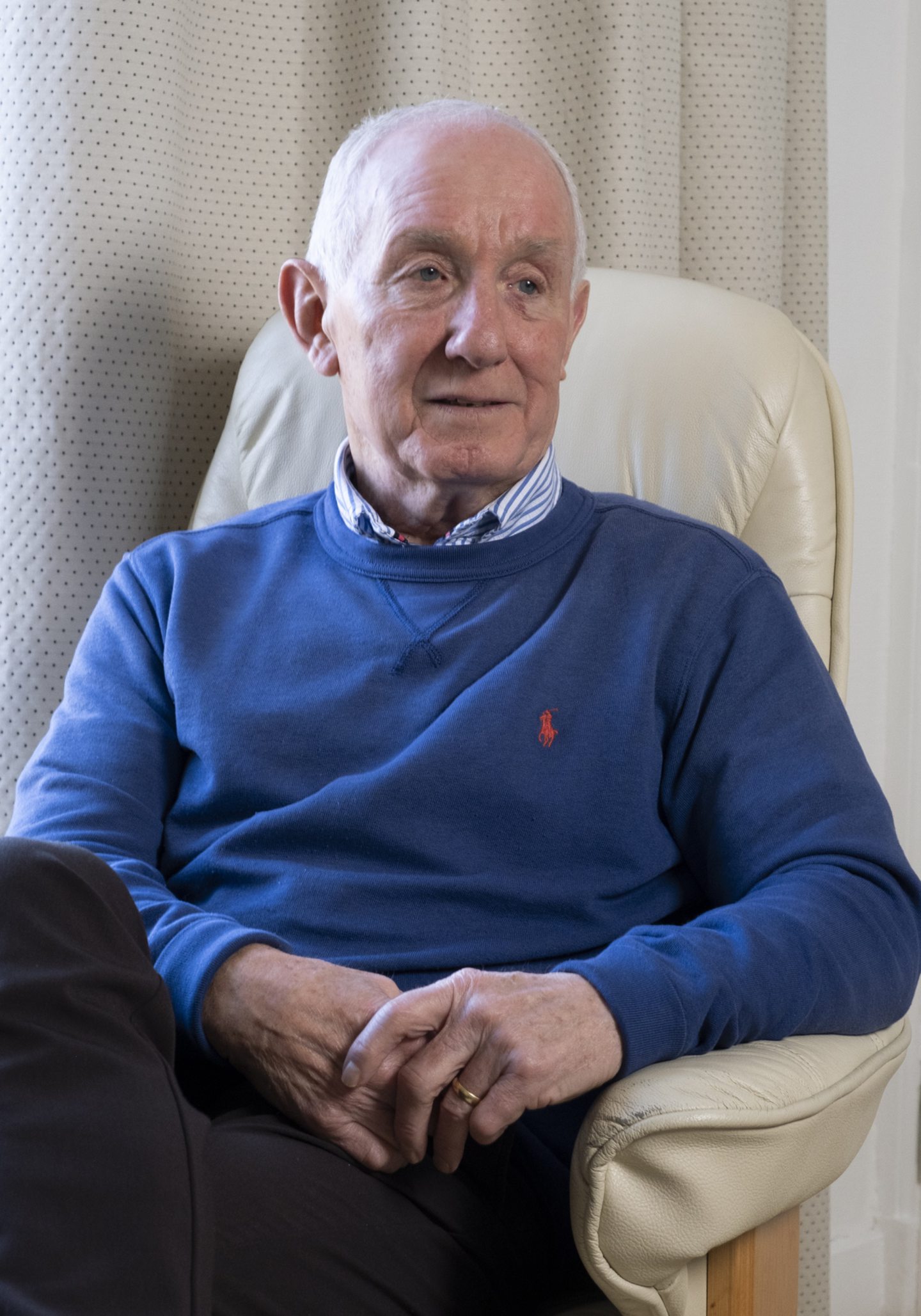









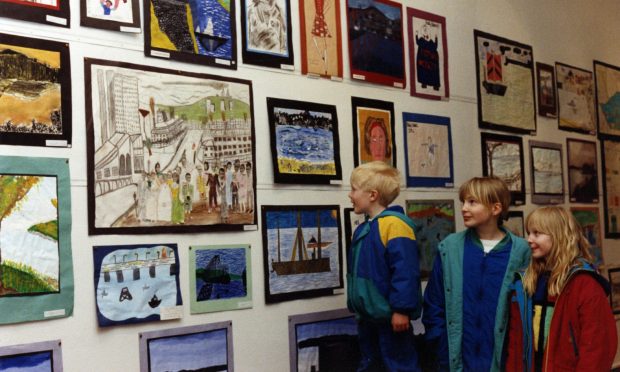
Conversation